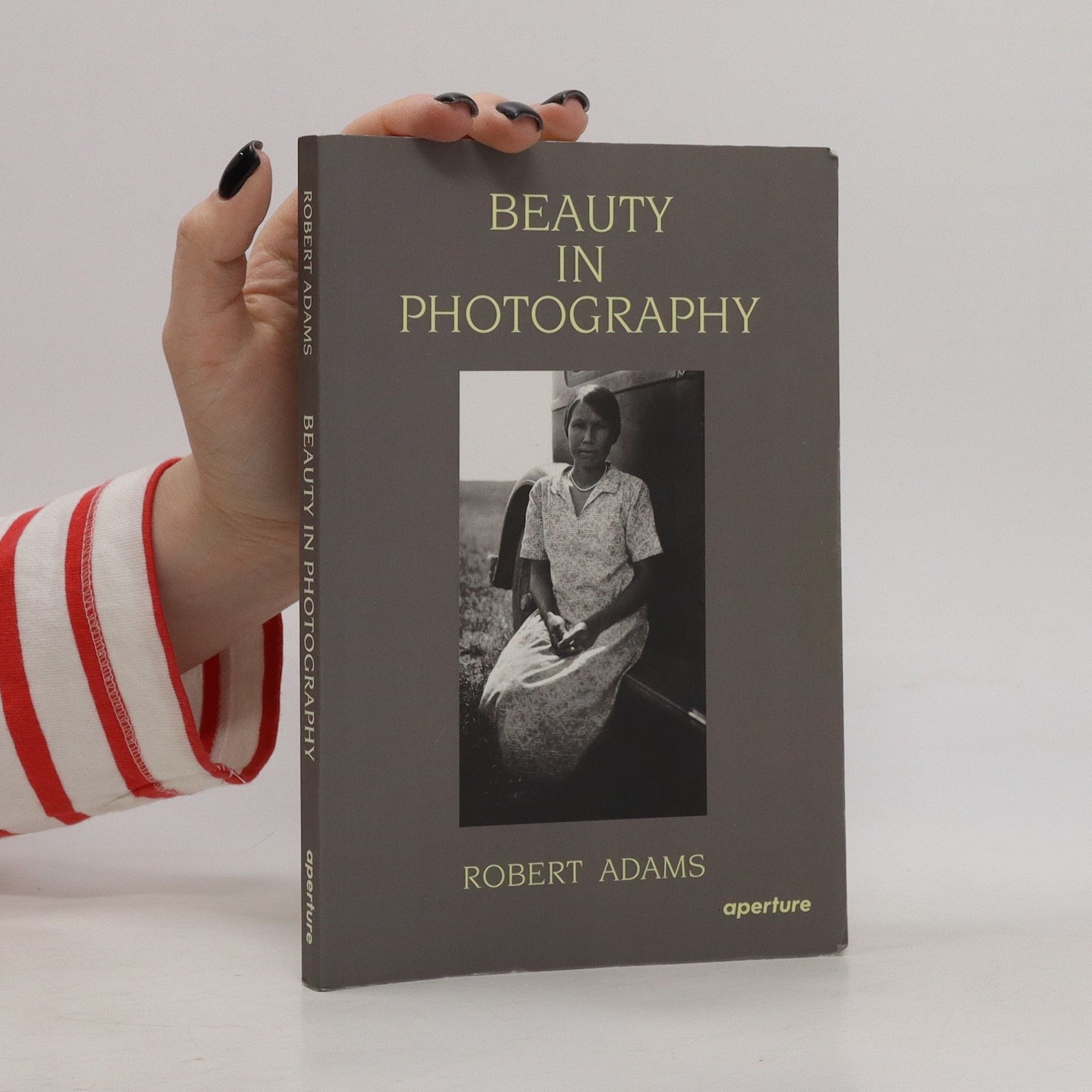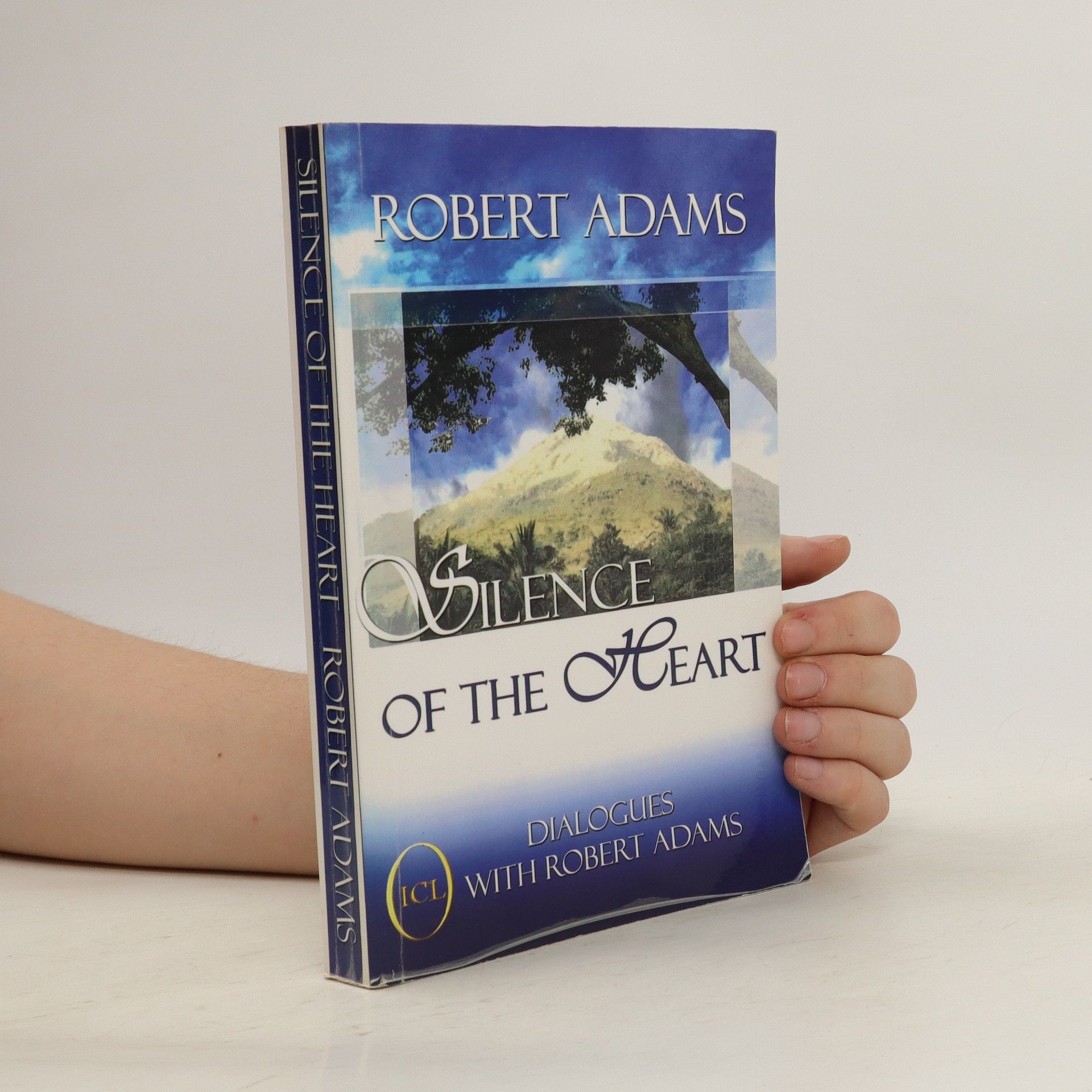One of the clearest presentations of India's Advaita Vedanta, the doctrine of Oneness. Adams, an American student of the great master, Ramana Maharshi, discourses with wisdom and delightful humor as he clarifies for Westerners India's teaching of Ultimate Reality.
Robert Adams Livres
Robert Adams était un enseignant Advaita américain qui prônait principalement la voie du jñāna yoga, en mettant l'accent sur l'auto-enquête. Bien qu'il n'ait pas été très connu de son vivant, ses enseignements ont depuis largement circulé parmi les chercheurs de la philosophie Advaita et les dévots occidentaux de Sri Ramana Maharshi. Son message principal met l'accent sur la connaissance de soi et la pratique de l'investigation de la nature du soi. Ses enseignements sont rassemblés dans le livre "Silence of the Heart: Dialogues with Robert Adams".






What We Bought: The New World: Scenes from the Denver Metropolitan Area, 1970-1974
- 208pages
- 8 heures de lecture
Exploring the Denver metropolitan area from 1968 to 1974, this trilogy by Robert Adams delves into the stark realities of urban development. Through his documentary photography, Adams eschews romanticism, presenting a candid view of environmental degradation. The works showcase his mastery in both capturing poignant images and sequencing them poetically, reflecting on humanity's impact on the landscape. Together, these books offer a profound commentary on the changing West and the complexities of modernity.
Denver: A Photographic Survey of the Metropolitan Area, 1970-1974
- 136pages
- 5 heures de lecture
Exploring the evolving landscape of the Denver metropolitan area from 1968 to 1974, this trilogy showcases Robert Adams's keen eye for documentary photography. The works avoid romanticizing the American West, instead presenting a stark, honest portrayal of human impact on the environment. Adams's artistry shines through, as he masterfully sequences images to create a compelling narrative about the region's transformation, highlighting both beauty and desolation in the modern landscape.
Landscapes will soon no longer exist the way we know them. Global warming melts the Antarctic ice, slash and burn reduces the forests, rivers die of industrial pollution, grassland gives way to cities as the human population grows. How do photographic artists respond? Do they glorify nature or is it their aim to enlighten the spectator?Vanishing Landscapes provides different viewpoints from twenty internationally renowned photographers including Robert Adams, Edward Burtynsky, Hiroshi Sugimoto, Joel Sternfield, and Thomas Struth, with short commentaries by the artists, and an introduction by John Berger. About 30 of the photographs were specially commisioned for this book.
The Approaching Apocalypse
- 252pages
- 9 heures de lecture
The narrative explores a pivotal shift in world history, highlighting the transition from human governance to divine rule under Jesus Christ, who will bring perfect justice upon His return. It discusses biblical prophecies that foretell intense challenges leading up to this second coming, emphasizing the importance of understanding these events and preparing for the tumultuous times ahead. The book aims to provide insights into the future and guidance for navigating the last days.
The eight essays in Beauty in Photography provide a critical appreciation of photography by one of its foremost proponents. The result is a rare book of criticism, alive to the pleasure and mysteries of true exploration.
Swords and Saints A Doctor's Journey
- 248pages
- 9 heures de lecture
The narrative follows a family physician who transitions from delivering babies and managing health crises to serving in war-torn Iraq. In this challenging environment, he treats military personnel, civilians, and their families, confronting the profound joys and heartaches of his experiences. Through his journey, he gains a deeper appreciation for life and the complexities of human suffering, highlighting the emotional and ethical challenges faced by medical professionals in combat zones.
What Can We Believe Where?
- 109pages
- 4 heures de lecture
Since taking up photography in the mid-1960s, Robert Adams (born 1937) has quietly become one of the most influential chroniclers of the evolving American landscape. This collection of Adams' work is suitable for students, photographers, and those interested in the recent history of the American West and its wider implications.
Having lived in Southern California during his university years, Robert Adams returned to photograph the Los Angeles Basin in the late 1970s and early 1980s, concentrating on what was left of the citrus groves, eucalyptus and palm trees that once flourished in the area. The pictures, while foreboding, testify to a verdancy against the odds. Featuring sumptuous quadratone plates, this greatly expanded and revised edition of a title originally published in 1986 reinvigorates one of Adams’ most influential and admired bodies of work.
Robert Adams, What we bought: the new world
- 200pages
- 7 heures de lecture
The question that this book raises is whether a romantic view of Denver and the American West was entirely wrong. We see enough of the sky, fields and mountains to believe that it was not - and perhaps is not - although the photographs catalog many ways in which we have compromised our vision. The book is about the past, bu it asks us to turn to the future, to a time when we might learn to live in harmony with the land and with each other-- Source inconnue